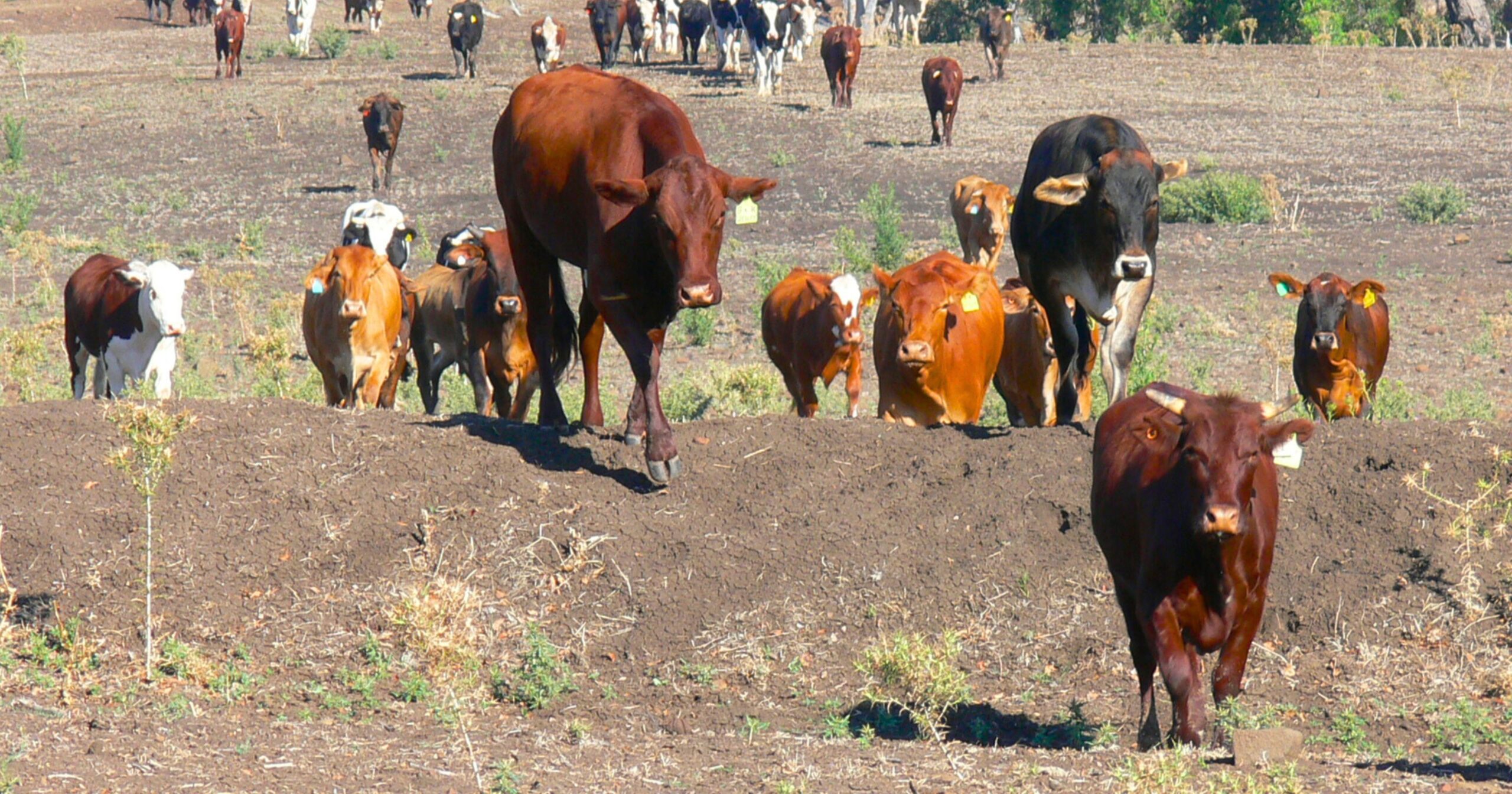Recent rainfall may have put your hay at risk
Agriculture Victoria
Farmers need to be mindful that even well-made hay can still be prone to spontaneous combustion.
Agriculture Victoria Program Manager for Dairy – North, Brett Davidson, said spontaneous combustion is usually caused by excess moisture at baling.
‘Fires can also start due to heavy rainfall events which has soaked into stacks.
‘Intense rainfall could compromise even well covered stacks, as water can pool at the base of a stack, seep into gaps or could be blown under covers,’ he said.
Mr Davidson said for those with moisture meters, ideally hay moisture levels should be in the ranges below:
Small square bales: 16 – 18 per cent
Large round bales: 14 – 16 per cent
Large square bales: 12 – 14 per cent
Export hay: 4%), could lead to more mould and heating, possibly resulting in spontaneous combustion.’
Mr Davidson said it’s vitally important to regularly monitor the stack from 1 week after rainfall for signs of heating.
He said the signs of heating are:
• dampness on the tops of bales
• steam rising from the stack
• moisture build-up on roofing iron or under tarps of outside stacks
• unusual odours (e.g. pipe tobacco, caramel, burning, musty)
• sometimes the stack may slump in places
• corrosion on underside of tin roof.
Mr Davidson said unfortunately, much of the heating will occur in the stack centre which is difficult to pick up.
‘To try and get an idea on how hot a stack has become, use a crowbar pushed into the stack as far as possible and after a couple of hours, remove the crowbar and feel how hot it is.’
A rough guideline to check a haystacks temperature using a crowbar, is as follows:
• 70 degrees the bar is too hot to hold. Potential for fire – avoid walking on top of stack.
Mr Davidson said an alternative monitoring method can be achieved by using thermal couplings, which can be placed into various areas of the stack at stacking and monitored simply and regularly.
For more information head to agriculture.vic.gov.au



















